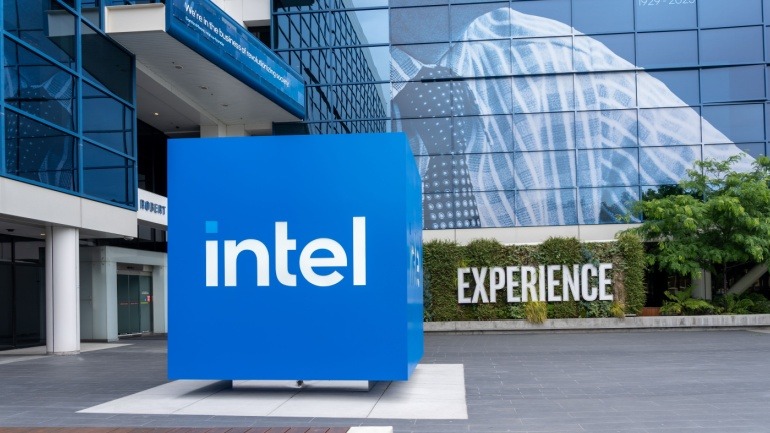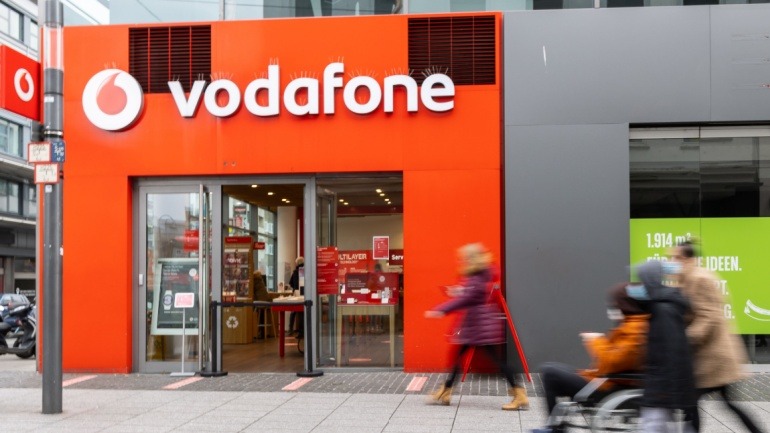A recent amendment to the federal budget bill brought significant changes to spectrum management in the United States. The House Energy and Commerce Committee’s new mark-up has extended the federal spectrum auction authority until 2034. It outlines a plan to identify 600 megahertz of spectrum for auction, aimed at raising substantial revenue. However, the proposal excludes the lower 3 GHz and 6 GHz bands from auction consideration, sparking discussion in the telecommunications community.
The bill mandates the Federal Communications Commission (FCC) along with the NTIA to set aside at least 200 megahertz of spectrum for auction within three years. Auction proceeds must cover at least 110% of federal relocation or sharing costs. The absence of the 3 GHz and 6 GHz bands for auction has stirred debate about national resource allocation and spectrum scarcity.
CTIA’s President and CEO, Ajit Pai, emphasized the urgent need for a spectrum auction to compete with China’s lead in wireless technology. Auctioning spectrum could potentially generate up to $200 billion, according to Congress, aligning with predictions for technological advancement.
A major discussion point is the allocation of the CBRS band. Recent proposals suggest vacating 100 megahertz for exclusive, high-powered use. This idea supports network operators like T-Mobile and AT&T, who advocate for higher power operations in the CBRS band to enhance propagation and efficiency. AT&T expressed encouragement about revising the 3 GHz band to facilitate full-powered spectrum use.
While the proposed changes aim to enhance American spectrum utility, they face opposition from CBRS proponents. There are concerns that relocating CBRS users could harm a broad domestic network ecosystem and lead to extensive litigation. Approximately 450,000 CBRS devices are in use, presenting a significant technological footprint in the U.S.
Critics like Dr. Robert Spalding, CEO of SEMPRE, highlight the repercussions of such a move against national security and innovation. He defends the strategic advantages of CBRS in deploying private networks without heavy infrastructure dependencies. The pushback from industry leaders suggests an ongoing dialog about balancing commercial and federal spectrum needs while bolstering national security.
In parallel, companies like Federated Wireless and EchoStar support enhancing the CBRS band’s functionality. They propose adjustments for higher power levels to efficiently utilize the band and coexist with current users. EchoStar CTO Eben Albertyn even described the benefits of shifting to high power as a “win-win-win situation,” improving band utility without impacting existing operations.







